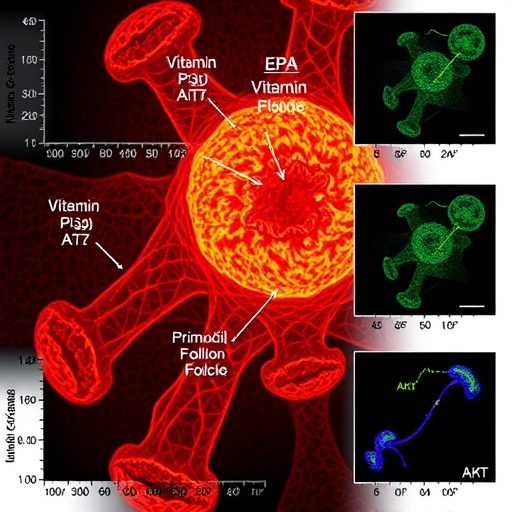High hospital readmission rates indicate that many elderly heart failure patients may be sent home too soon from skilled nursing facilities, a new study suggests.
High hospital readmission rates indicate that many elderly heart failure patients may be sent home too soon from skilled nursing facilities, a new study suggests.
Led by researchers from NYU School of Medicine, the study shows that the risk of hospital readmission among heart failure patients discharged home after staying at a skilled nursing facility (SNF) is high — almost 25 percent within 30 days of discharge.
“Although skilled nursing facilities are increasingly popular, our study results lead us to believe that there are gaps in discharge planning from skilled nursing facilities and that the transition home requires more thorough preparation and training,” says study lead investigator and hospitalist Himali Weerahandi, MD, an assistant professor of medicine and population health at NYU Langone Health.
Researchers say referrals to SNFs after hospitalization are common and aim to ease the transition from the hospital to home and prevent readmission by increasing patients’ physical strength and ability to take care of themselves. The study, the first detailed analysis of national readmission rates and risk factors among SNF patients returning home, is publishing in the Journal of the American Medical Directors Association online April 3.
Heart failure is a weakening of the heart’s ability to pump blood and affects an estimated 5.7 million adults in the United States. Although a variety of interventions can slow progression and stop its symptoms, heart failure is a frequent cause of hospitalizations.
For the study, researchers analyzed Medicare data from 2012 to 2015 that included about 67,585 heart failure patients ages 65 and older and examined who was readmitted to the hospital within 30 days of discharge from a SNF.
Among the study’s key findings was that the risk of hospital readmission was as much as four times higher for patients discharged from a SNF with stays of two days or less, compared to those who stayed longer. This early readmission risk dropped by half for those patients who stayed at a SNF between one and two weeks.
Researchers suspect that longer stays gave patients more rehabilitation time and more time to recover from their heart failure hospitalization by practicing a new exercise regimen, diet, or management of medications.
The researchers caution that their study did not evaluate the severity of the patients’ heart failure, a factor that could impact the length of stay in a SNF. However, their findings reveal a pattern of increased risk for those with shorter stays.
“Current discharge plans for heart failure patients focus almost exclusively on patients leaving the hospital,” says study senior investigator and hospitalist Leora Horwitz, MD, an associate professor of medicine and population health at NYU Langone. “However, to provide them with all-encompassing and better quality care, our study suggests it’s critical to start focusing these plans on the transition home from a skilled nursing facility as well.”
To lower rates of hospital readmission, Weerahandi suggests identifying patients with complex health needs and creating more individualized care plans in advance of hospital discharge to the SNF.
“Part of the battle is patient education,” Weerahandi says. “Patients need reinforced and clear messaging about taking their medications, weighing themselves daily, and other key steps to help prevent them from being readmitted to the hospital.”
Researchers next plan to identify areas for improvement in the current SNF discharge processes by interviewing facility staff and patients across multiple sites.
###
Along with Weerahandi and Horowitz, other NYU School of Medicine researchers involved in the study are Kunhee Lucy Kim, PhD; and Simon Jones, PhD, MSc. Additional researchers include Haikun Bao, PhD; Jeph Herrin, PhD; and Joseph Ross, MD, MHS, all at Yale University; and Kumar Dharmarajan, MD, MBA, at Clover Health in Jersey City.
Funding support for the study was provided by U.S. Agency for Healthcare Research and Quality grant R01HS022882 and National Institutes of Health CTSA grant KL2TR001446.
Media Contact
Rob Magyar
[email protected]




